A 65 inch TV is 56.9" wide x 35.5" tall without the stand. Discover the ideal viewing distance for an immersive...

Which is Better OLED or QLED? A Clear Comparison for Your Choice
When you're in the market for a new TV, the choice between OLED and QLED can be a real head-scratcher. Both promise amazing picture quality but they get there in very different ways.
So which one should you choose?
In this guide, we will break down the key differences between OLED TVs and QLED TVs, compare their picture quality and help you to decide which TV is right for your home entertainment needs or business applications.
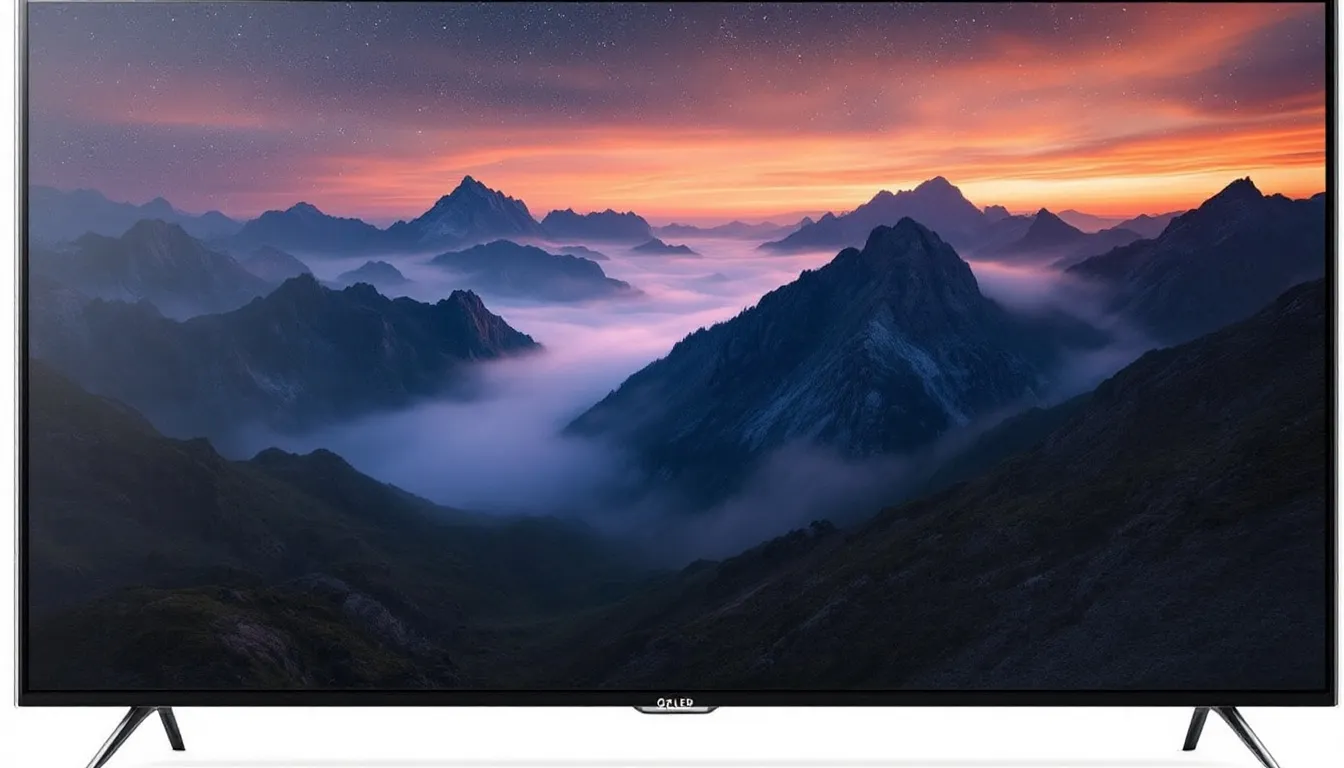
Which is Better, OLED or QLED? Understanding the Basics
When choosing the right TV for you, understanding the different technologies available in oled market is crucial. Two of the most popular TV technologies on the market are QLED and OLED TVs.
QLED TVs use quantum dot diffuser sheets in between backlight and panel to create colours, which results in a brighter and more vibrant picture.
OLED TVs, OLED Stands for Organic Light Emmiting Diode. This is an emissive technology that produces true blacks and an infinite contrast ratio. OLED has a sandwich like structure in which the backlight and the pixels are clubed together to form a smallest display unit.
In this section, we'll look at the key differences between these two technologies, understand both oled market help you make an informed decision.
Display Types
When choosing led TVs , one of the most important factors to consider is the display type. There are several options available, including QLED TVs, OLED TVs and Neo QLED TVs.
QLED TVs use a liquid crystal display (LCD) panel with a layer of quantum dots to enhance picture quality. This combination gives you vibrant colours and high brightness levels, making them suitable for well-lit rooms.
OLED TVs use an organic light emitting diode (OLED) panel, which produces its own light. This allows for superior contrast and viewing angles because each pixel can turn on and off independently. That results in deeper blacks and a more immersive viewing experience, especially in darker rooms.
Neo QLED TVs take things a step further with advanced quantum dot technology and mini LEDs. That provides even better picture quality. Mini LEDs allow for more precise control over brightness and contrast, which results in a more detailed, lifelike image and also energy efficiency is very good.
What is OLED TVs?
OLED stands for Organic Light Emitting Diode.
Unlike LCD TVs, which require a backlight, OLED panels emit light from each pixel independently. That means each pixel can turn on or off independently, delivering infinite contrast and deeper blacks. The superior viewing angles of an OLED display ensure consistent picture quality from any seating position.
The advantages of OLED TVs include their superior contrast, wider viewing angles, better response time and thinner design. However, OLED screens can suffer from burn-in (though that's rare) and have lower peak brightness compared to QLED.
What is QLED?
QLED TVs use Quantum Dot Technology to enhance LCD panel performance. They rely on LED backlights to produce vibrant colours.
Neo QLED TVs take this further with more mini LEDs and precise contrast control, improving brightness and dimming zones. The latest QLED models often incorporate mini LED technology for improved backlighting and local dimming.
The advantages of QLED TVs include their higher brightness, no burn-in risk, vibrant colours and affordability. However, QLEDs struggle with black levels since the LCD panel can't fully block light, leading to greyish blacks in dark scenes when observed very clearly or paused.
Choosing the Right TV
When choosing the right TV, it's essential to consider the unique features of each display type. Whether you prioritise superior contrast and viewing angles with an OLED TV or the high brightness and vibrant colours of a QLED TV, there's a display type that will meet your needs.
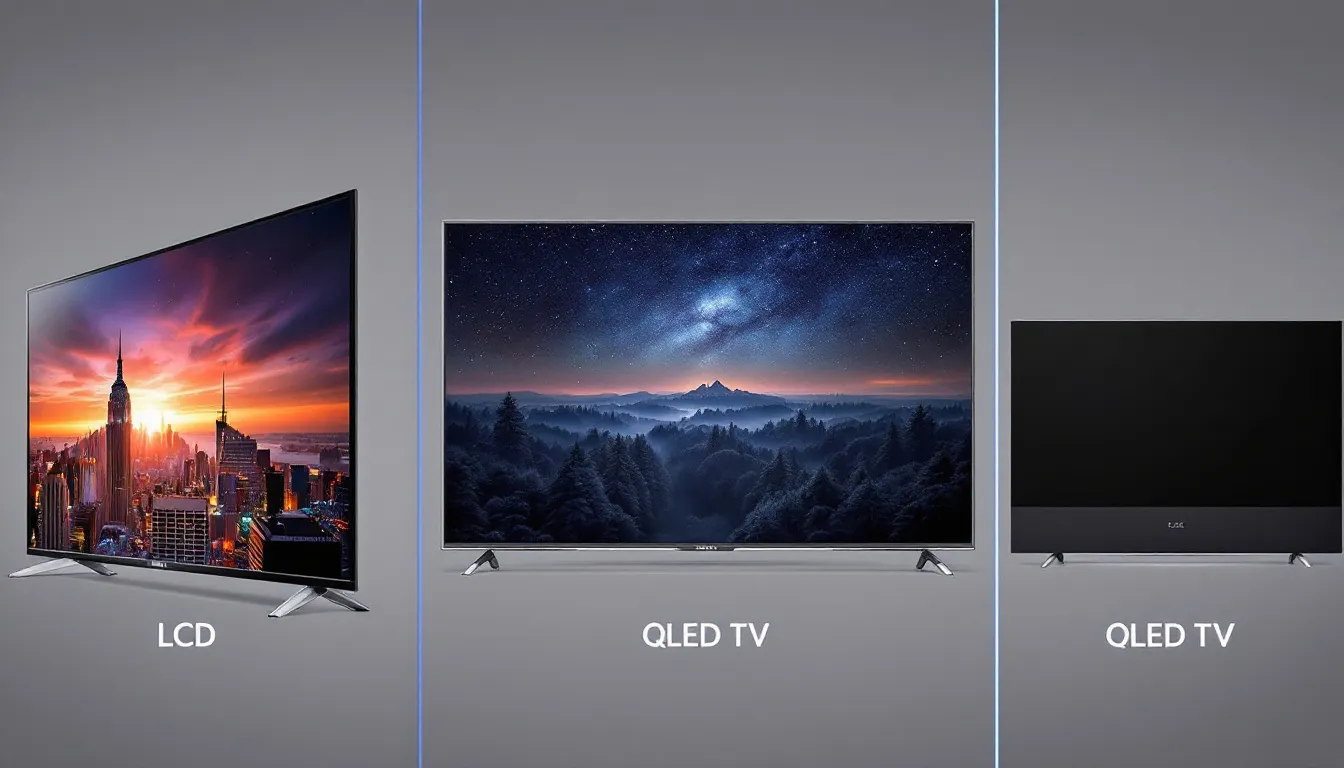
Picture Quality: Contrast and Blacks
OLED wins when it comes to contrast because of its self-emissive pixels. That delivers true blacks and better contrast. QLED TVs, on the other hand, offer great brightness, but because of that LED backlight, blacks don't look as deep.
In dark rooms, OLED is the clear winner.
Brightness and HDR Performance
QLED TVs (especially Neo QLED) have high brightness, making them ideal for well-lit rooms. OLED has improved in brightness, too (like QD-OLED TVs), but it still can't match QLED's peak brightness.
In bright rooms, QLED takes the crown.
Colour Accuracy and Vibrancy
Quantum Dot Technology gives QLED vibrant colours and high colour accuracy. OLED delivers excellent colours, too—but may not be as bright.
Both are excellent, but QLED is brighter.
Viewing Angles
OLED screens maintain colour and contrast even at extreme angles. QLED TVs suffer from colour shift when viewed off-center since its inherits IPS (In Plane Switching) feature.
OLED takes the win here and combat glare.
Gaming Performance
OLED has near-instant response time, perfect for fast-paced games. QLED has improved, but OLED still leads with its refresh rate.
OLED is the better choice for gaming with superior refresh rate.
Burn-in Risk
OLED can suffer from burn-in with static images (though modern models over come these). QLED has no burn-in risk and the screen durability is very high and also delivers great picture quality.
QLED is the better choice for long-term static content.
Price and Availability
OLED TVs are pricier, especially in larger sizes. QLED TVs are more budget-friendly and widely available.
QLED wins on affordability.
TV Size and Price
When choosing LCD TVs, screen sizes and price are key factors to consider. QLED TVs are available in a wider range of screen sizes—and are generally more affordable than OLED TVs.
OLED TVs are available in limited sizes and are generally more expensive. But the price difference between QLED and OLED TVs is narrowing year by year due to manufacturing capabilities in countries like India.
Tip: Buying the best tv for your home with great picture quality is all about finding the right balance between budget and viewing needs.
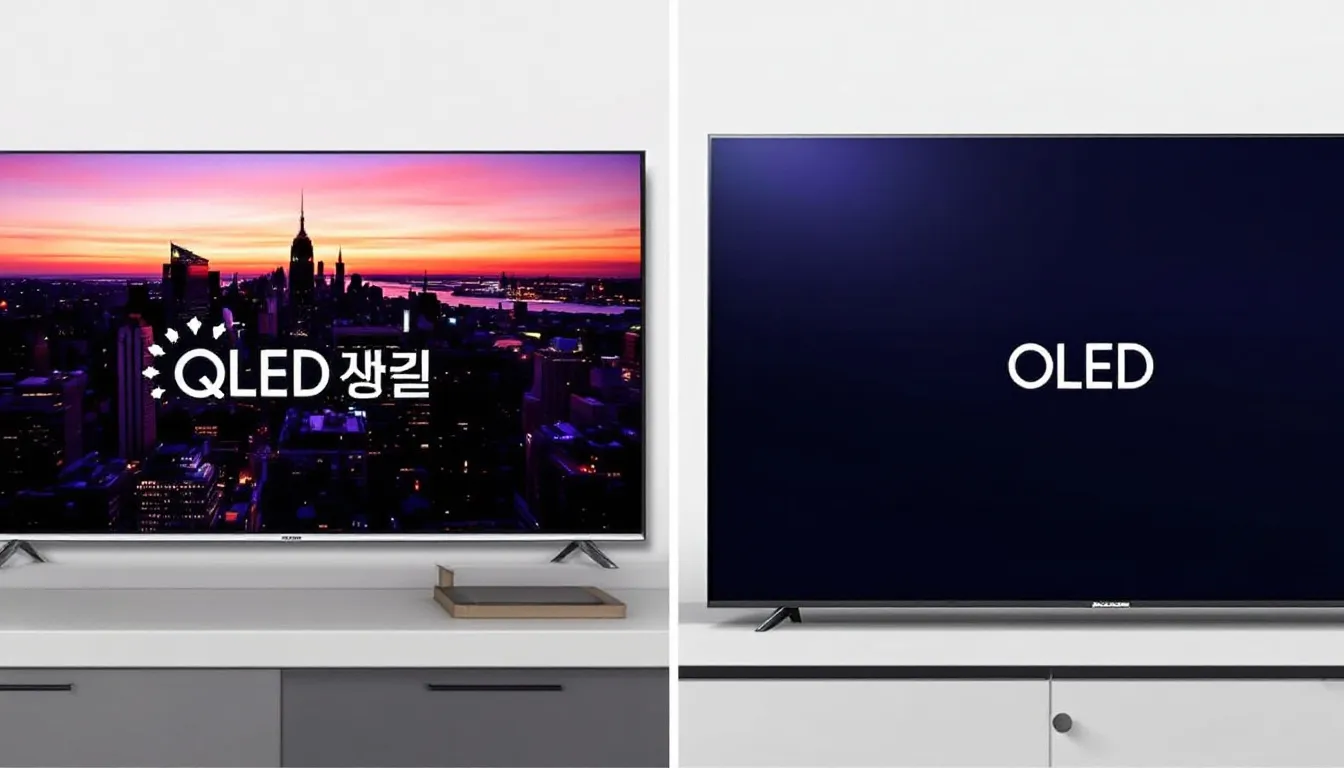
TV Durability
QLED TVs are generally more durable than OLED TVs, as they're less prone to burn-in and other long-term image retention issues. That makes QLED a better choice for environments where static images are frequently displayed.
Both QLED and OLED TVs offer great durability, though.
When choosing a TV, there are several factors to consider that can make or break your viewing experience.
Picture quality, contrast and viewing angles are just a few of the things you'll want to think about. OLED TVs stand out for their ability to deliver deeper blacks, more vibrant colors and very high refresh rate. That's because each pixel can turn off completely, giving you an infinite contrast ratio.
QLED TVs, on the other hand, excel in brightness and color range. Quantum dot technology allows them to achieve a higher peak brightness, making them a great fit for bright rooms and spaces with plenty of natural light.
Contrast is where OLED TVs really shine. By turning off individual pixels, they can produce superior contrast and those deeper blacks. That makes for a more immersive viewing experience, especially in darker rooms.
Viewing angles are another area where OLED TVs have an advantage. You won't see much distortion or color shift even when you're watching from the side. QLED TVs can suffer from color shift when viewed off-center, which is why OLED is a better choice for wide seating arrangements.
Of course, both OLED and QLED TVs offer excellent picture quality. But the right choice for you will depend on your viewing environment and what you value most. So better understand your tv wallmounting area, to buy the best TV.
Beyond display type and image-quality factors, there are plenty of other features to consider when choosing a new TV. High dynamic range (HDR) support, wide color gamut and Dolby Vision are just a few of the advanced features you'll want to think about.
HDR support gives you a more cinematic experience, with a wider range of colors and contrast levels. That makes movies and TV shows look more lifelike. A wide color gamut provides a more accurate and vivid color representation. And high refresh rates make for a smoother, more responsive viewing experience and finally dolby vision creates a perfect blend of both videos and music experience to impress you.
When you're choosing a TV, think about how these features will enhance your viewing experience. Whether you're a gamer, a movie buff or a sports fan, there's a TV out there that will suit you. And with features like Neo QLED and micro lens array, you can get the picture quality you want in a variety of lighting conditions.
In the end, the decision between OLED and QLED comes down to your priorities.
Do you want perfect blacks and infinite contrast?
Watch movies in darker rooms? Need wide viewing angles?
Then OLED might be the better choice. Want higher brightness and more affordable large-screen TVs? Then QLED could be the way to go.
The future of TV tech is looking bright, with innovations like QD-OLED and micro lens array. These new technologies aim to combine the best of both worlds-OLED's contrast with QLED's brightness. And with brands like LG, Ridaex, Sony pushing the boundaries of what's possible with QLED vs OLED. The end users are going to benefit the best.
If you're still unsure, check out the latest OLED and QLED TVs from top TV makers like LG, Ridaex, Samsung and Sony. And if you're looking for more advice, our TV buying guide covers everything from standard LED TVs to Neo QLED and OLED models.
By now you probably have a pretty good sense of whether OLED or QLED is the better fit for you. Both are fantastic display technologies, but what really matters is how you plan to use them.
That means considering your viewing environment and what you like.
Got any questions for us? Ask us away in the comments and we'll help you pick the right TV for your needs.




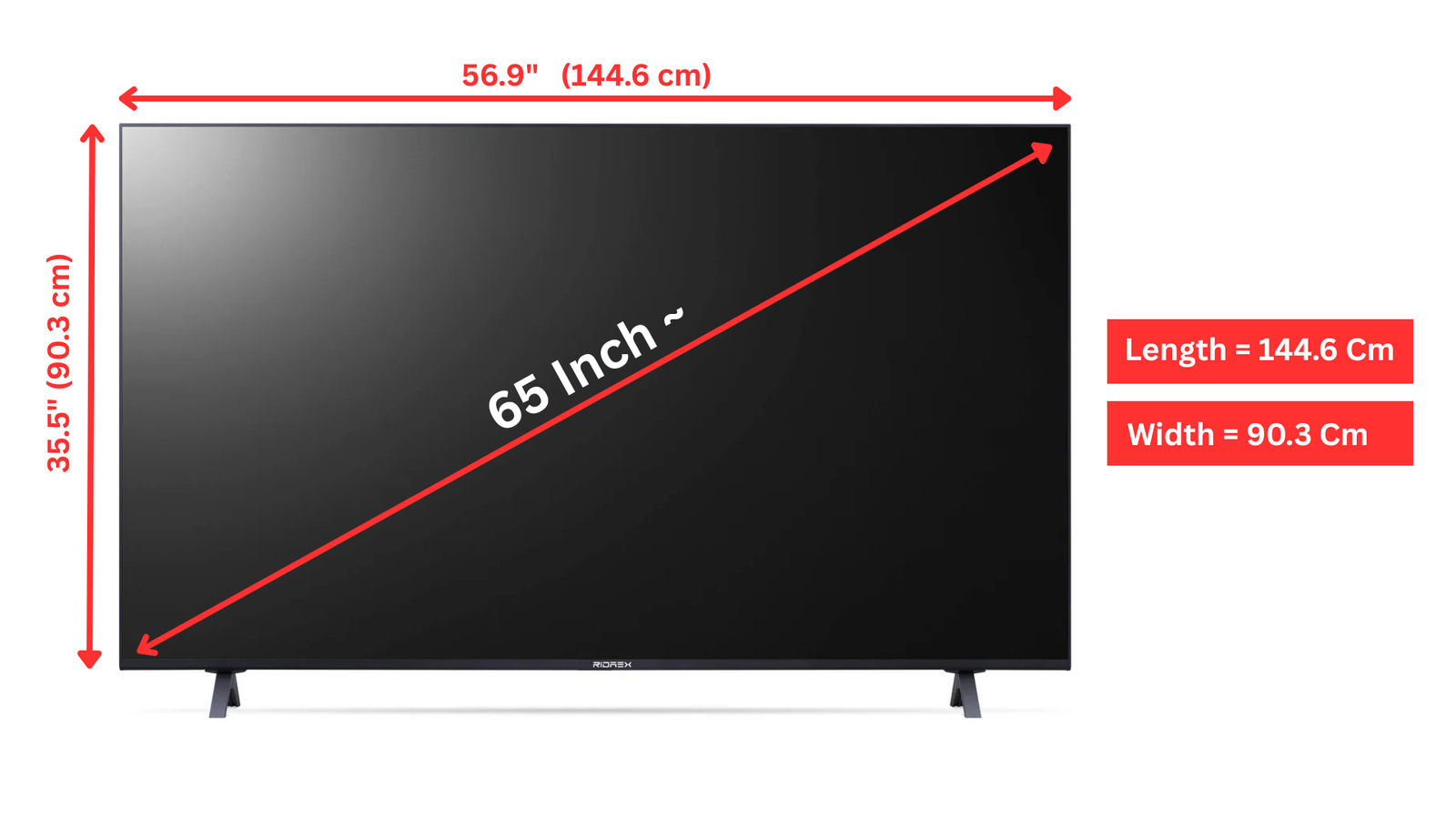
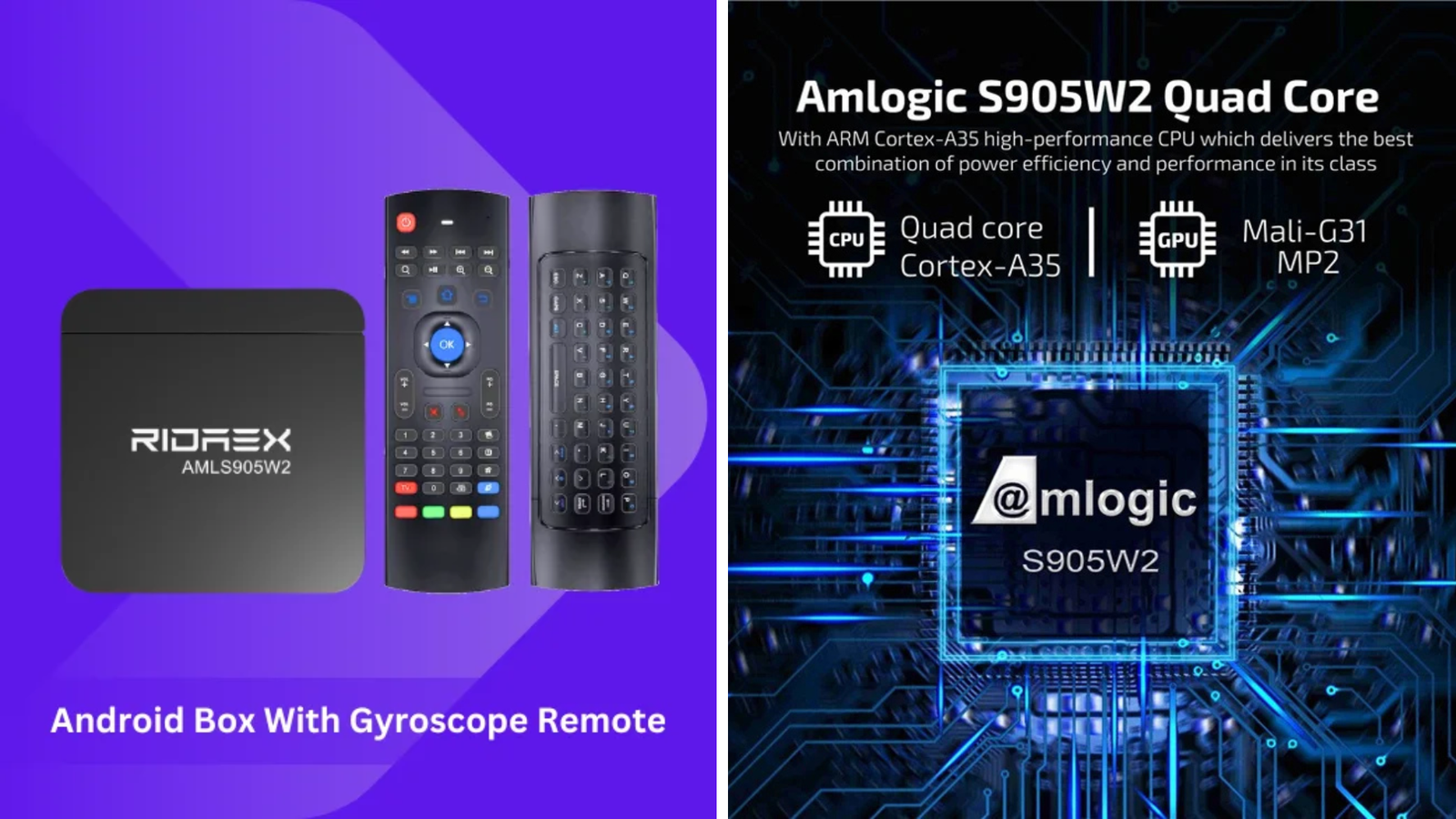
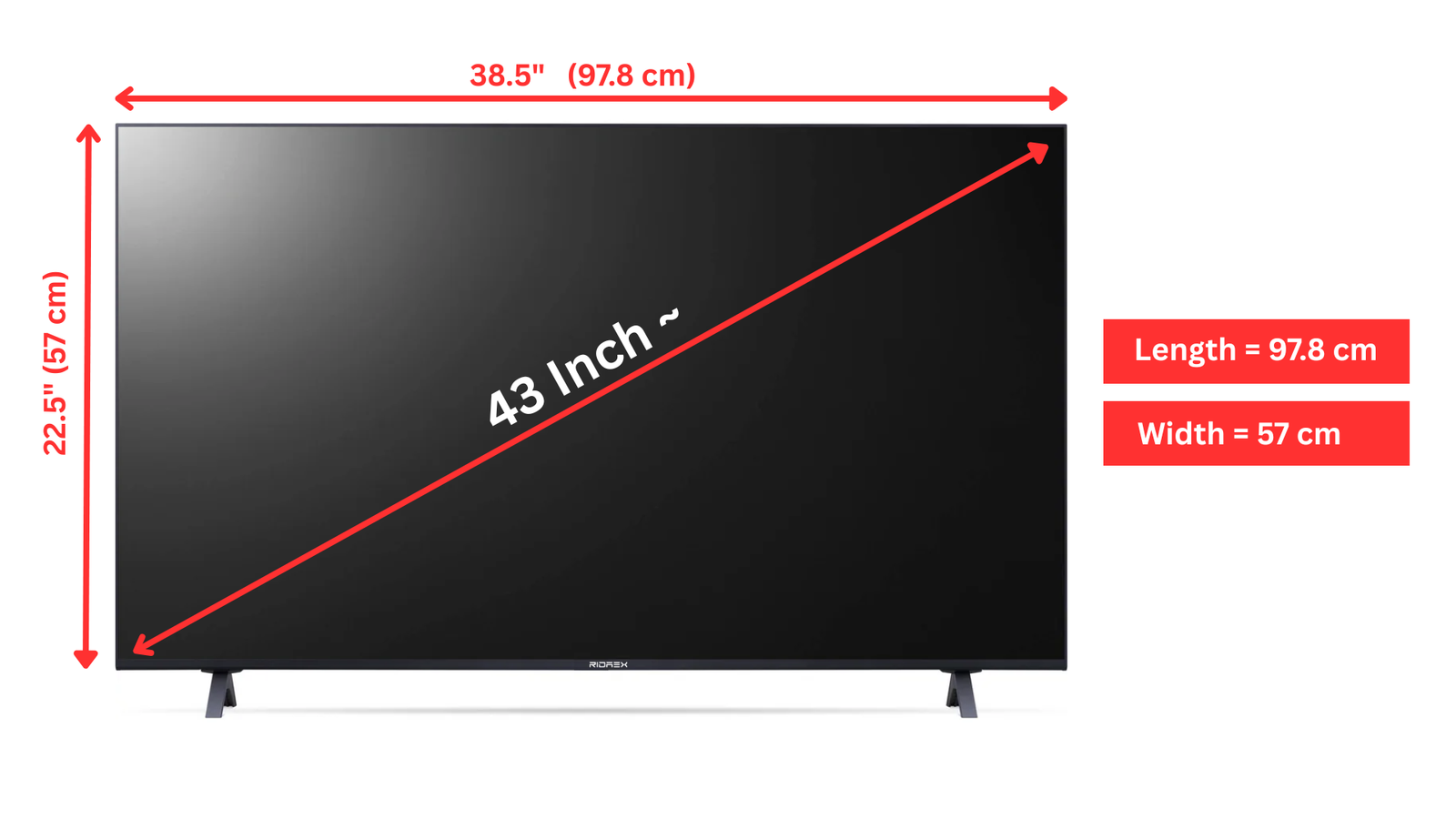
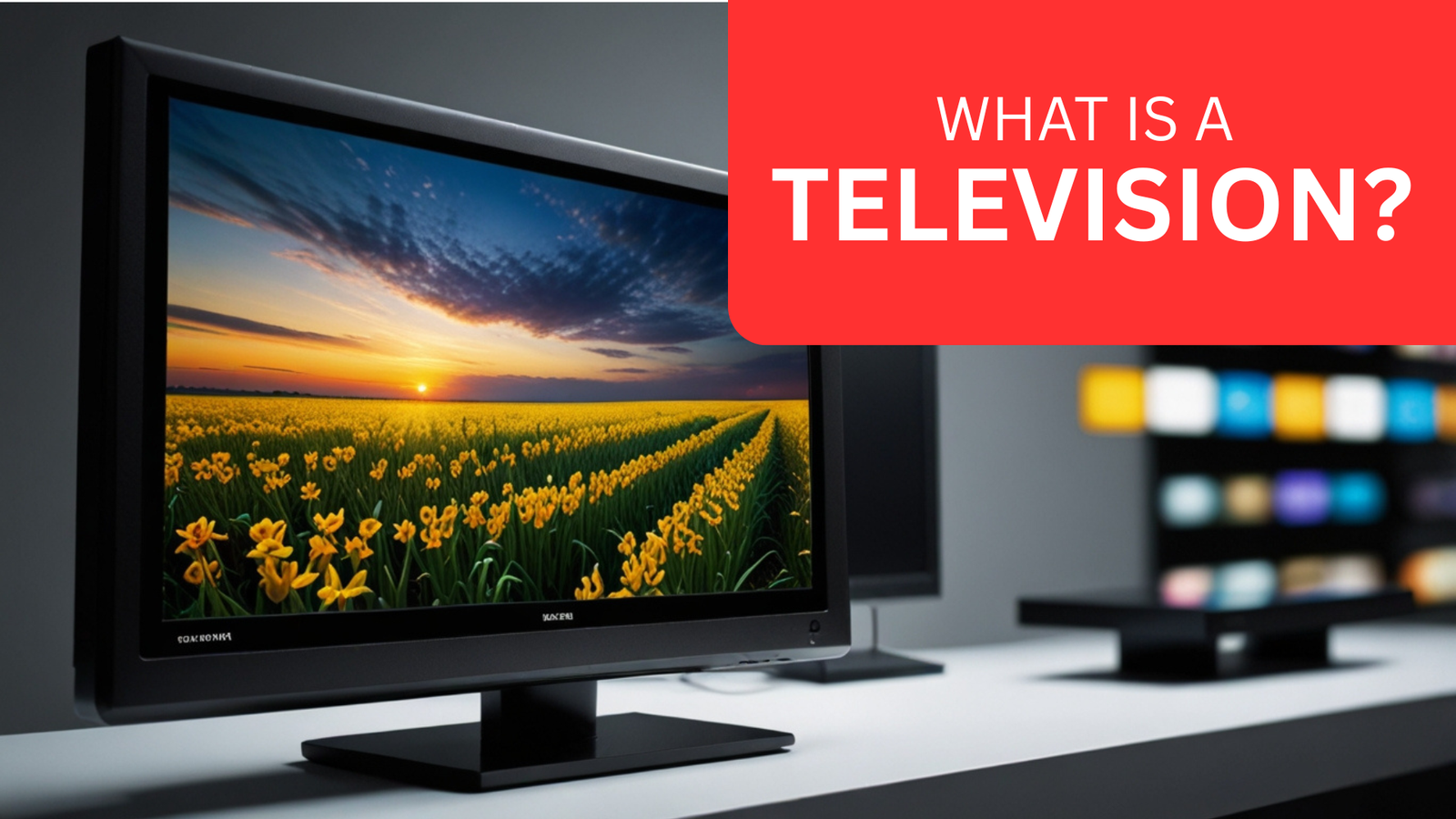











Leave a comment